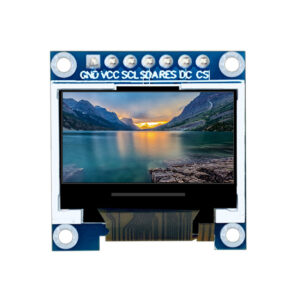
Große Dinge im Geschäftsleben werden nie von einer Person allein erreicht. Sie werden von einem Team erreicht. Wir haben diese dynamische Gruppe von Menschen
This article dives deep into the lifespan and durability of OLED (Organic Light Emitting Diode) displays compared to LCD (Liquid Crystal Display) screens. Understanding the longevity of your display is crucial when making a purchase decision. We’ll explore the technology behind each type of screen, the factors affecting their lifespan, and practical tips for maximizing the life of your OLED TV. If you’re considering a new TV and are weighing the choice between OLED and LCD, or you’re simply curious about how long your investment will last, this comprehensive guide is essential reading.

OLED and LCD are two dominant display technologies vying for space in our televisions, smartphones, and computer monitors. The key differences between oled lies in how they produce light. A liquid crystal display (LCD) utilizes a backlight to illuminate the pixels, which then filter the light to create the image. The backlight is constantly on, even when displaying black, which leads to less perfect black levels.
In contrast, an OLED-Bildschirm emits its own light at each individual pixel. This means that when displaying black, the pixel simply turns off, resulting in true blacks and incredible contrast ratios. OLED technology requires no backlight, allowing for thinner, more flexible displays and superior image quality. This self-emissive property is what gives OLED displays offer a distinct advantage in terms of color accuracy and contrast compared to many lcds.
The oled lifespan has been a topic of considerable discussion and improvement over the years. Early OLED panels faced concerns regarding their shorter lifespan compared to lcds. However, significant advancements in oled materials and manufacturing processes have substantially increased their longevity. Current estimates suggest that modern OLED TVs potentially last for around 60,000 to 100,000 hours of use before significant brightness degradation occurs.
This translates to roughly 6 to 13 years of viewing at 8 hours per day. It’s important to note that the oled lifespan can vary greatly depending on usage patterns and environmental conditions. Factors like brightness settings, content type, and temperature can all impact the longevity of an oled display.
LCD displays have long been known for their relatively long lifespan. The longevity of an LCD screen stems from its reliance on a backlight, typically LED-based, which has a predictable and stable lifespan. In general, lcd displays offer a lifespan ranging from 60,000 to over 100,000 hours, putting them in a similar range to modern oleds.
However, it’s essential to consider that the perception of the screen’s longevity might differ between the two technologies. While an lcd’s backlight might dim over time, the image remains relatively uniform. In contrast, oleds are susceptible to burn-in, where certain static elements displayed frequently can cause uneven wear and tear on the oled panel, leading to a localized reduction in brightness.
When comparing the durability and lifespan between oled vs lcd, it’s crucial to consider multiple aspects. While both displays offer displays offer a similar lifespan in terms of overall operating hours, the nature of their degradation differs. LCDs typically experience a gradual dimming of the backlight, while oleds can suffer from burn-in and uneven pixel degradation.
| Besonderheit | OLED | LCD |
|---|---|---|
| Lifespan (Hours) | 60,000 – 100,000 | 60,000 – 100,000+ |
| Degradation | Uneven pixel wear, potential burn-in | Gradual backlight dimming |
| Schwarzwerte | Echtes Schwarz | Limited by backlight |
| Kontrastverhältnis | Infinite | High, but not infinite |
| Betrachtungswinkel | Exzellent | Can degrade at wider angles |
The choice between oled and lcd also depends on your viewing habits. If you frequently watch content with static elements, an lcd might be a viable choice to mitigate the risk of burn-in. However, if you prioritize image quality and are willing to take precautions, an oled tv can provide a superior viewing experience.

OLED burn-in is a phenomenon where static images or elements displayed on the screen for extended periods of time cause permanent image retention. This occurs because the organic materials within the pixel in an OLED-Anzeige degrade at different rates depending on usage. Constant display of static logos, news tickers, or video game HUDs can lead to certain pixels wearing out faster than others, resulting in a ghost image or discoloration.
OLED burn-in is more common with oled screens than with lcds due to the self-emissive nature of oleds. While modern oled tvs incorporate technologies to mitigate burn-in, such as pixel shift and screen savers, it remains a potential concern, especially for users who frequently display static content for long periods.
Several factors can contribute to oled degradation and affect the lifespan of an oled tv. Brightness levels play a significant role; higher brightness settings accelerate the degradation of the organic materials. The type of content displayed also matters; static images and consistently displayed elements (like channel logos) cause more stress on specific pixels, increasing the risk of burn-in.
Environmental conditions, such as temperature and humidity, can also influence the rate of degradation. High temperatures can cause thermal expansion within the display panel, potentially accelerating the breakdown of organic materials. Manufacturing variations and the quality of oled materials used by different tv manufacturers can also affect the lifespan of an oled.
Fortunately, several measures can be taken to extend the life of your OLED-Anzeige and minimize the risk of oled burn-in. One of the most effective strategies is to lower the brightness settings on your television. Reducing the overall brightness reduces the stress on the organic materials, slowing down the degradation process. Utilize screen savers or dynamic backgrounds when the television is not in use.
Modern oled tvs often come equipped with built-in burn-in mitigation features, such as pixel shift, which subtly shifts the image on the screen to prevent static elements from being displayed in the same location for extended periods. Regularly varying the content you watch can also help distribute wear more evenly across the display.
Yes, blue oleds have traditionally been more prone to degradation and a shorter lifespan compared to their red and green counterparts. This is due to the materials used in making oled and the inherent properties of blue light emission. Blue oleds require higher energy levels to produce light, which puts more stress on the organic materials, leading to faster degradation.
This has been a significant challenge for oled technology requiring researchers to develop new oled materials with improved stability and efficiency. Recent advancements have made significant progress in improving the longevity of blue oleds, but they generally still have a shorter lifespan compared to red and green subpixels. This difference in degradation rates can contribute to color shifts and uneven wear over time.
Yes, the amount of time you use your television directly impacts the oled lifespan. Like any electronic device, the more hours it operates, the faster it will degrade. Consistently using the oled tv for long periods each day, especially at high brightness levels, will accelerate the aging process and potentially lead to earlier signs of burn-in or uneven wear.
Conversely, using the television less frequently and at lower brightness levels can significantly extend the lifespan of an oled. It’s a straightforward equation: the more you use it, the faster it wears out. Therefore, being mindful of your usage habits and adjusting settings accordingly can make a substantial difference in the long oleds last.
Here are some frequently asked questions about the lifespan and maintenance of oled and lcd screens:
Q: How long do OLED TVs really last?
Q: Is OLED burn-in a serious concern?
Q: Which is more durable, OLED or LCD?
Q: What can I do to extend the life of my OLED TV?
Q: Are all OLED panels the same in terms of lifespan?
Q: Does the type of content I watch affect the longevity of my OLED?
Q: How often should I clean my OLED screen?
Q: Can I repair OLED burn-in?
Q: Should I be worried about buying an OLED TV?
Q: How does gaming affect OLED lifespan?

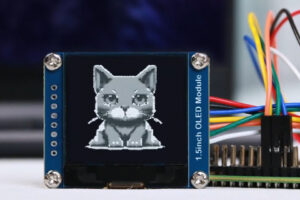
OLED-Anzeigemodule, insbesondere grafische OLED-Varianten, revolutionieren die Art und Weise, wie wir mit Geräten interagieren, indem sie gestochen scharfe Bilder, (in manchen Fällen) leuchtende Farben und eine außergewöhnliche Energieeffizienz bieten.
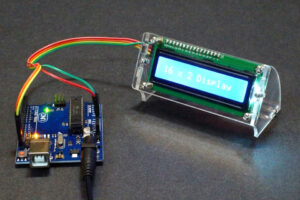
Dieser Artikel befasst sich mit der Welt der LCD-Displays und konzentriert sich insbesondere auf das beliebte 16×2-Zeichen-LCD-Modul und seine Integration mit Arduino über die I2C-Schnittstelle.

Dieser Artikel befasst sich mit der faszinierenden Welt der LCD-Module und konzentriert sich insbesondere auf ihre Integration mit Arduino und die Möglichkeiten der TFT-LCD-Technologie.
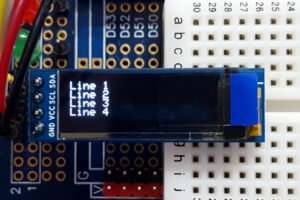
Dieser Artikel befasst sich mit der Welt der kompakten OLED-Anzeigemodule und konzentriert sich insbesondere auf das 0,91 Zoll große 128×32 OLED-Display, das die I2C-Schnittstelle nutzt.
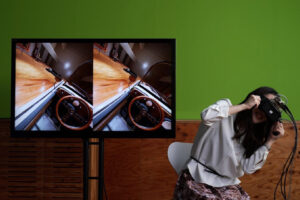
Dieser Artikel befasst sich mit der sich rasch entwickelnden Welt der OLED-Mikrodisplays, einer hochmodernen Displaytechnologie, die unsere Interaktion mit digitalen Informationen verändert.
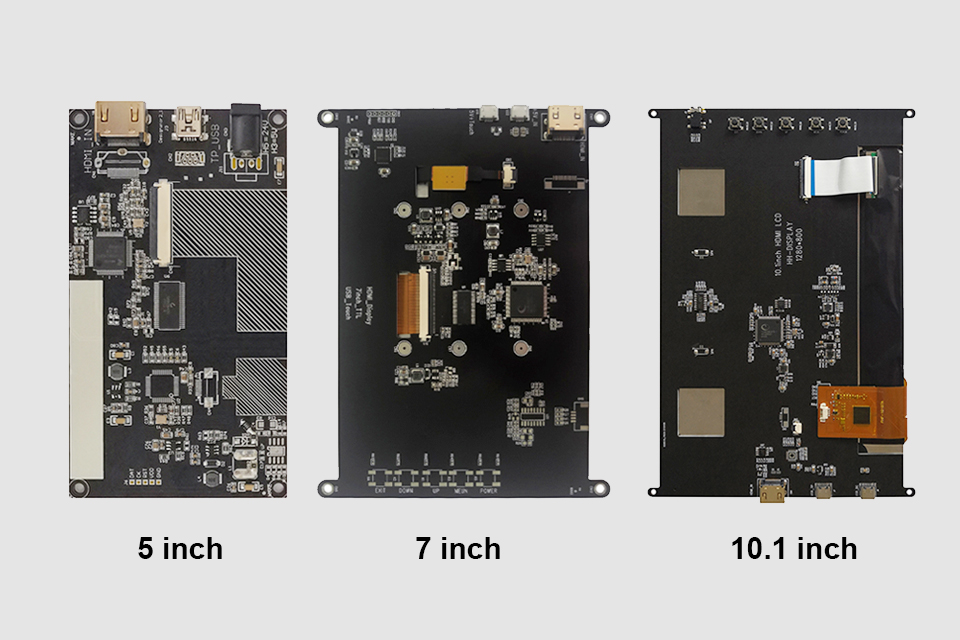
This article explores how to connect an LCD screen to a Raspberry Pi using an HDMI driver board, essentially turning your single-board computer into a miniature HDMI monitor.
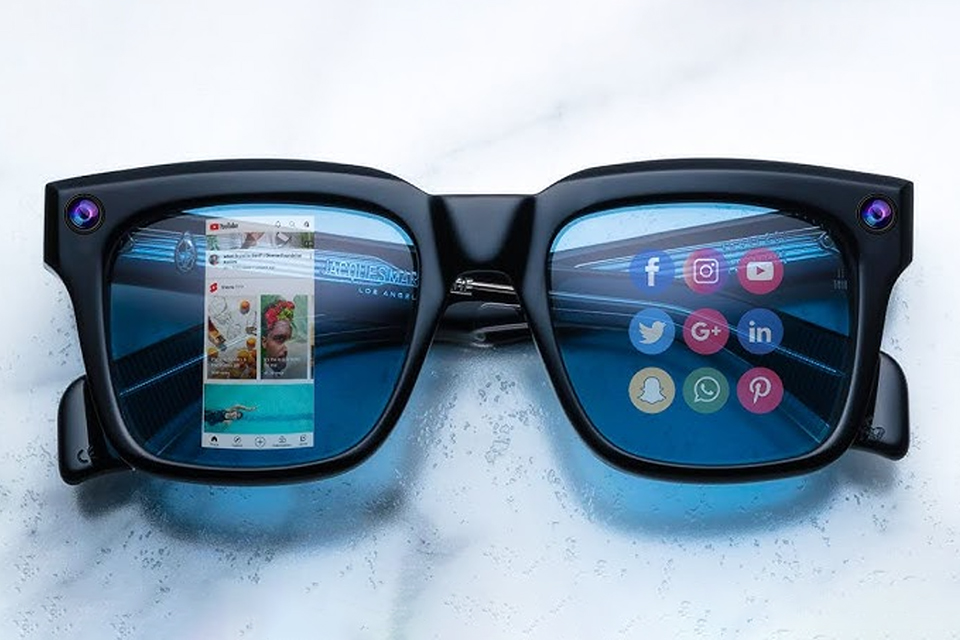
This article dives into the exciting world of augmented reality (ar) lenses, specifically focusing on the development and potential of an interchangeable lens system for ar glasses.

This article dives deep into the lifespan and durability of OLED (Organic Light Emitting Diode) displays compared to LCD (Liquid Crystal Display) screens.

@ 2025 Anzeigemodul. Alle Rechte vorbehalten.
Füllen Sie das untenstehende Formular aus und wir werden uns in Kürze mit Ihnen in Verbindung setzen.